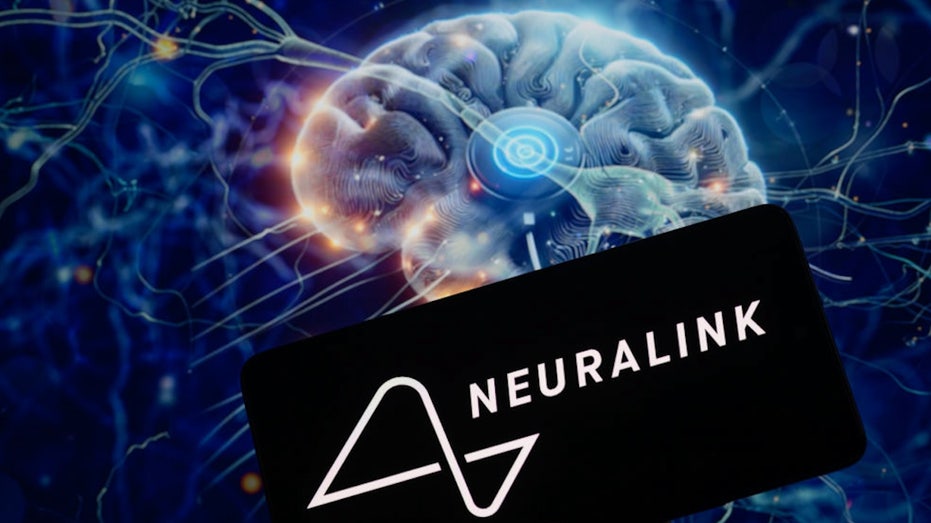In a groundbreaking development in the realm of neuroscience and assistive technology, the world has witnessed yet another major milestone as a man suffering from Amyotrophic Lateral Sclerosis (ALS) becomes the third individual to receive a state-of-the-art NeuraLink implant. This innovative technology, developed by the company founded by Elon Musk, is specifically designed to facilitate communication for individuals with severe physical limitations.
ALS, a progressive neurodegenerative disease, profoundly affects nerve cells in the brain and spinal cord, leading to a gradual deterioration in muscle control. As a result, many patients face increasing difficulty in performing daily activities, including speaking and typing, as their motor neurons fail to function effectively. This pervasive loss of mobility can create profound isolation for patients, emphasizing the need for advanced technological solutions.
The newly implanted patient, who has graciously chosen to remain anonymous, has shared his life story and the transformative impact this technology has already had on his ability to communicate. Before receiving the NeuraLink implant, he faced severe challenges in expressing himself, often resorting to rudimentary means of communication that left him feeling frustrated and isolated. The NeuraLink device implanted in his brain now allows him to type solely through his thoughts.
NeuraLink’s technology operates through a small chip embedded in the brain, which interfaces with neurons to interpret electrical signals generated by thoughts. This system captures the brain’s intent and translates it into digital commands, allowing the individual to type messages on a screen without the use of their arms or hands. This revolutionary breakthrough holds promising implications for not only ALS patients, but also countless individuals living with other neurological disorders that impair motor functions.
The first patients to receive the NeuraLink implant included individuals dealing with conditions similar to ALS and other forms of paralysis. By creating a direct connection between the brain and external devices, the technology empowers users to express their thoughts more freely. The significant advancement achieved by these pioneering patients brings hope to the millions living with debilitating conditions that restrict communication.
Prior to this development, communication aids for those with motor impairments predominantly involved eye-tracking or facial gesture-driven interfaces. While these technologies were helpful, they still posed limitations on accuracy and speed. With NeuraLink’s brain-computer interface, users are able to achieve greater fluidity and autonomy in typing, aligning more closely with natural cognitive processes.
It is important to note that the NeuraLink procedure is performed under strict medical supervision, combining advanced surgical techniques with cutting-edge technology. The surgery entails inserting tiny electrodes into the motor cortex, areas of the brain responsible for voluntary movement. Surgeons take utmost care to avoid damaging surrounding tissue, ensuring precise placement of the device.
Healthcare professionals closely monitor patients following the implantation process, conducting assessments to measure improvements in functionality and overall quality of life. Early reports from the three individuals successfully implanted suggest substantial increases in communication skills, leading to an enhanced emotional and psychological state.
One notable aspect of this ambitious project is that NeuraLink emphasizes the importance of collaboration with the medical community and regulatory agencies. Before proceeding with further trials, the company is dedicated to ensuring safety and efficacy for both patients and healthcare providers. By iterating on feedback and results, they aim to refine their technology affecting its use on a broader scale.
The social implications of this technology cannot be overstated. As individuals gain access to more reliable means of communication, the sense of isolation that frequently accompanies ALS and similar conditions can be significantly reduced. Family members and caregivers report a noticeable increase in engagement and emotional expression when patients can communicate more effectively. This renewal of connection supports not only the patients’ well-being but also fosters more profound relationships with their loved ones.
Despite the promise of NeuraLink, questions around privacy, ethical considerations, and potential misuse of technology persist. As society inches closer toward integrating such neural interfaces into daily life, discourse on the ramifications becomes crucial. Experts emphasize the importance of establishing comprehensive guidelines that protect individuals’ brain data while considering the profound implications of who owns and controls such information.
The introduction of NeuraLink implants also raises concerns over access and equity. The pioneering technology may initially be available only to a limited number of patients due to cost and resource allocation. Advocates argue that equitable access to such innovations must be a priority to ensure that all individuals suffering from disabilities can benefit from advancements in technology.
Looking ahead, further research and clinical trials are essential for fully understanding the long-term effects of NeuraLink technology on ALS patients and the broader population. The ongoing collaboration between neuroscientists, technology developers, and healthcare practitioners will dictate how effectively these innovations are implemented within medical frameworks and society at large.
As the story of the third ALS patient who received a NeuraLink implant unfolds, the hope remains that this technology could one day pave the way for a new era of communication and independence for individuals with debilitating conditions. The advancements made so far represent only a fraction of the potential that brain-computer interfaces hold for changing lives for the better.
In conclusion, the journey of the third individual with ALS who has now embraced the power of thought-to-text technology is a testament to human ingenuity and determination. With an eye towards overcoming the barriers posed by neurological disorders, NeuraLink stands at the forefront of innovation that seeks not only to enhance the quality of life for countless individuals but to restore their voice and agency in a world that often seems distant and unkind.
The pursuit of understanding and implementing brain-computer interfaces will undoubtedly continue to inspire researchers and innovators, propelling society into a new frontier of care and communication. With each success, the dream of a more inclusive future becomes increasingly tangible.
































